Believe it or not, most produce as we know it today has been genetically modified in some way to create a specific shape, size, and taste.
Like this weird-looking banana, which grows in the wild.
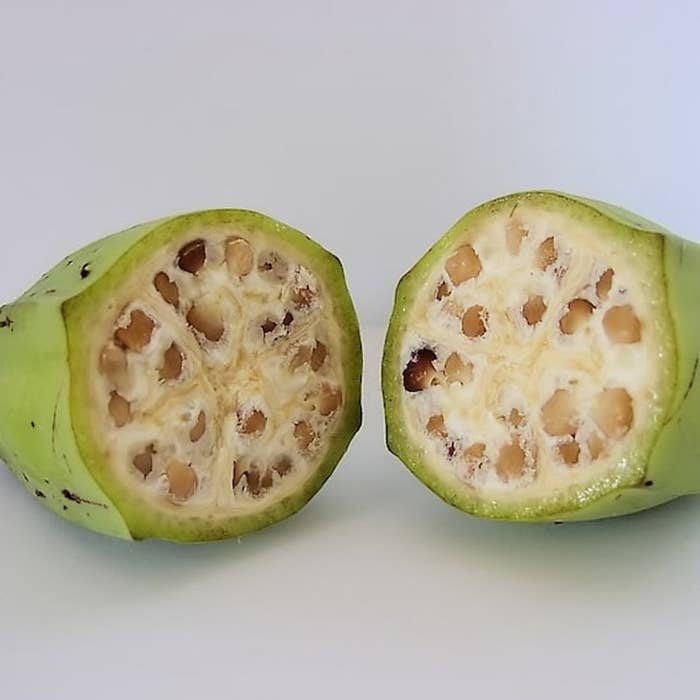
Two wild ancestors, the Musa acuminata, which contain 15 to 62 seeds, and the Musa balbisiana, which is filled with inedible seeds, were bred to produce a banana with just the edible pulp, eliminating the seeds all together.
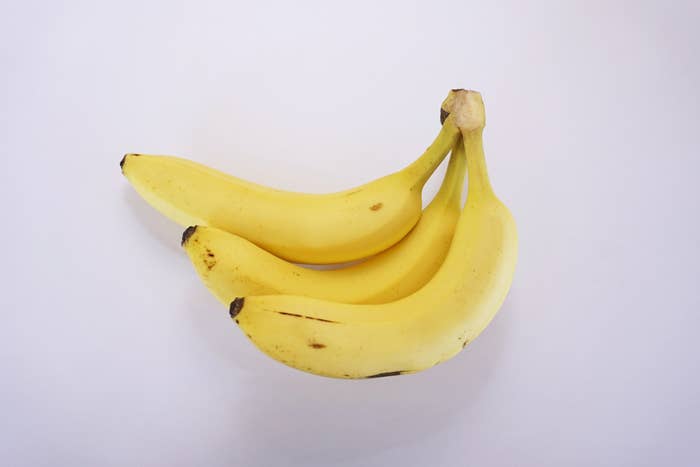
Interestingly, many green veggies like broccoli, brussels sprouts, kale, and cauliflower can't even be found in the wild!
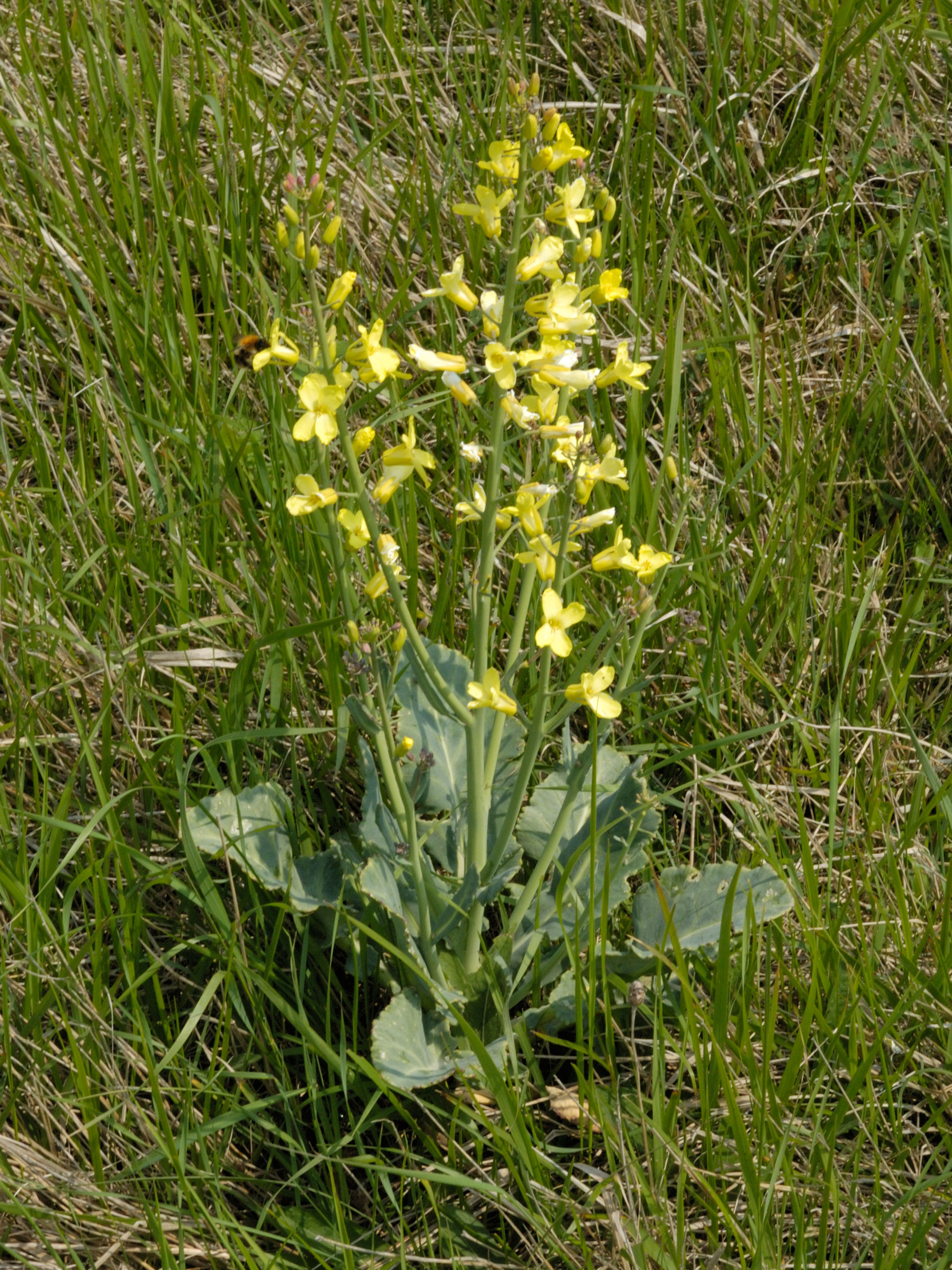
Different parts of the plant were used to produce each type of vegetable. Kale came from its leaves and broccoli came from its flower buds.
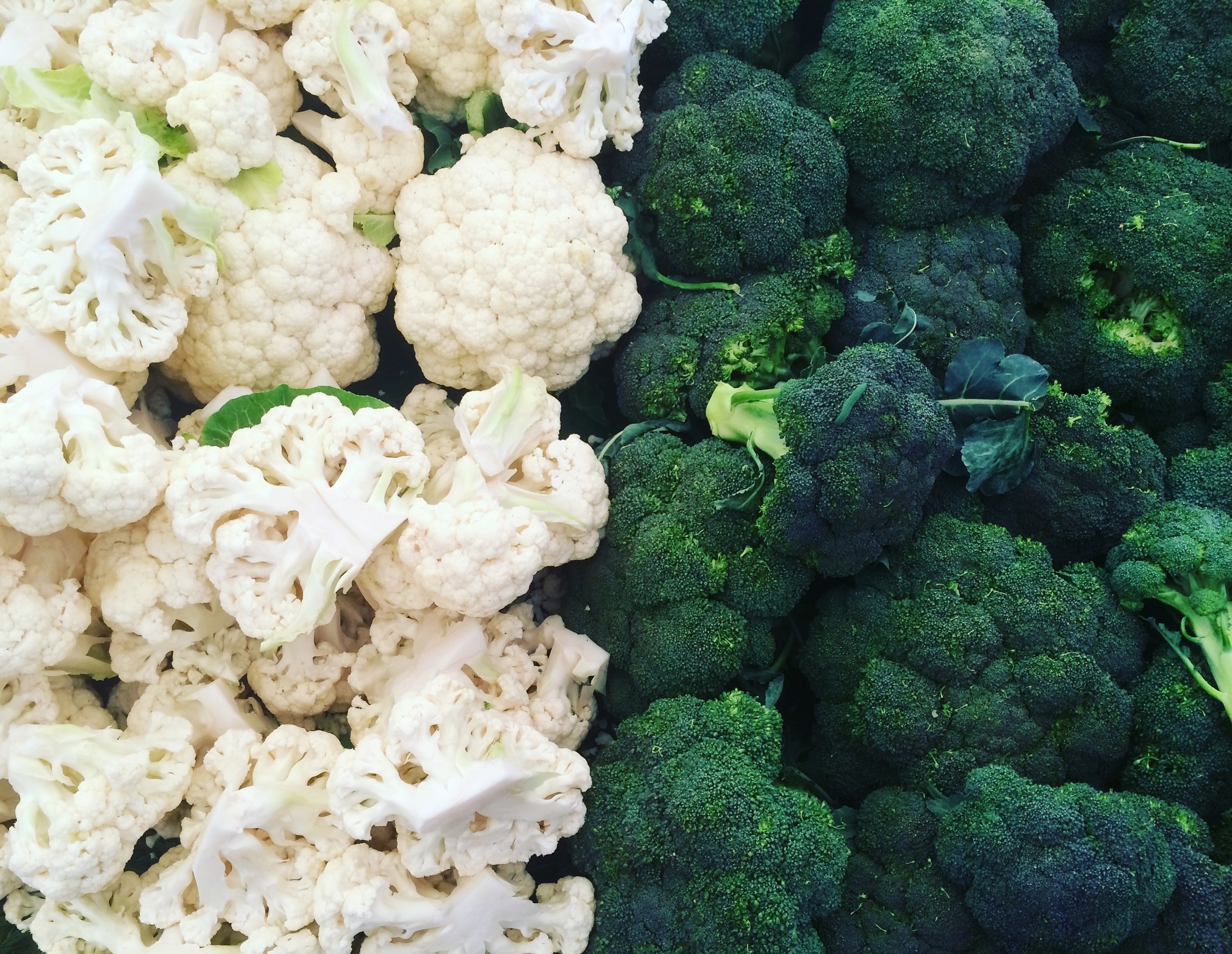
Do you think that the sliced fruit in this picture with the swirly insides sort of resembles a watermelon? That's because it actually is one!
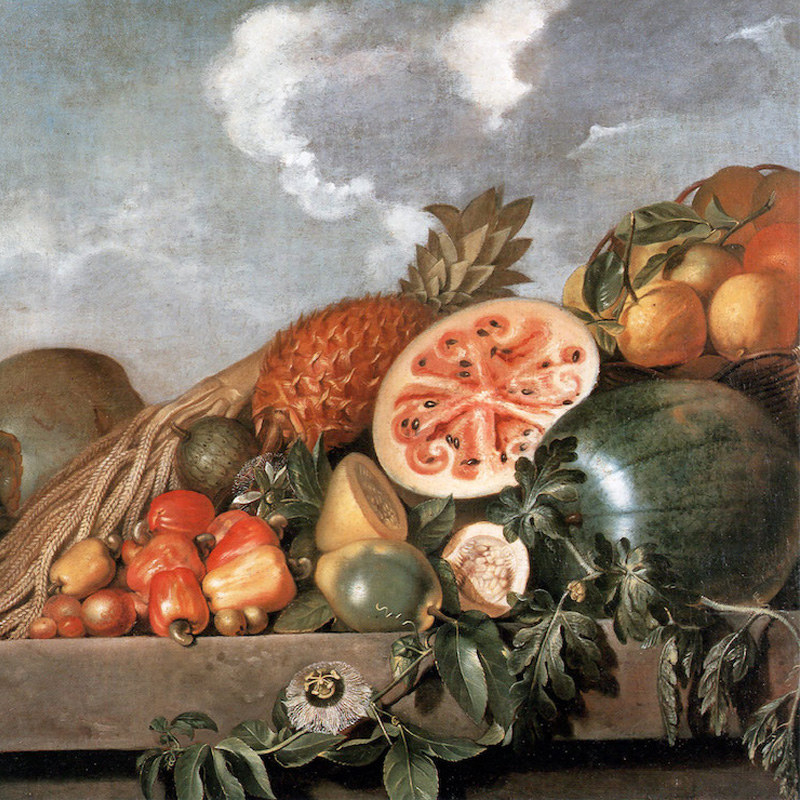
The red color we recognize now is due to lycopene, which is also found in tomatoes and red carrots. Natural watermelons were selectively bred to increase the amount of lycopene.
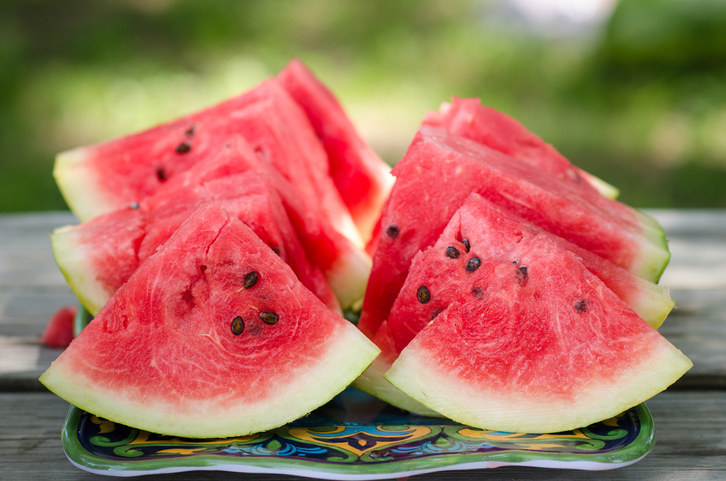
Do you ever wonder how the eggplant got its name, since it doesn't look anything like an egg? Well, it originally did.
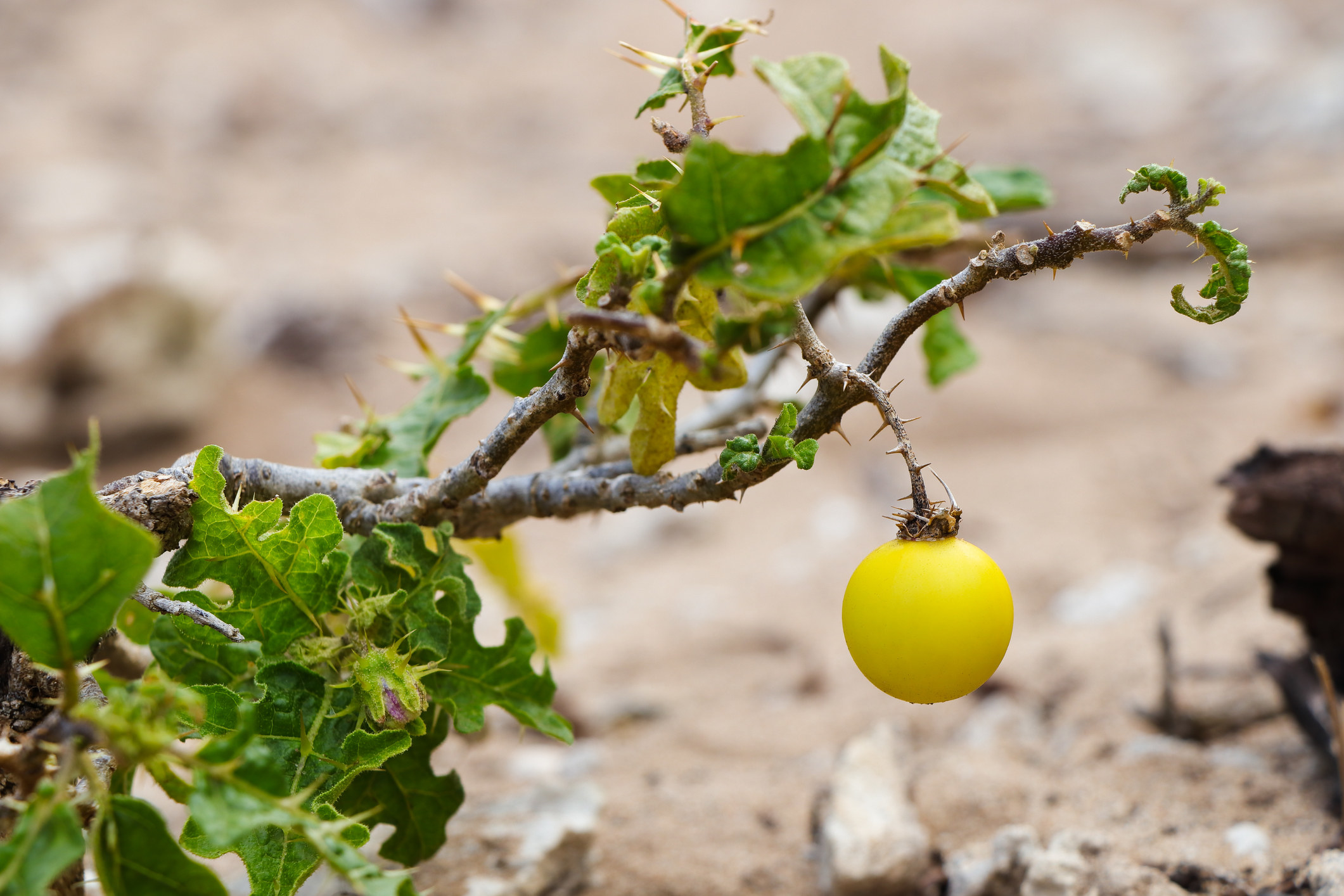
The long, oval type comes from Europe and North America, but you can still find eggplants in all sizes and colors, like white, yellow, and green, across Asia and India.



